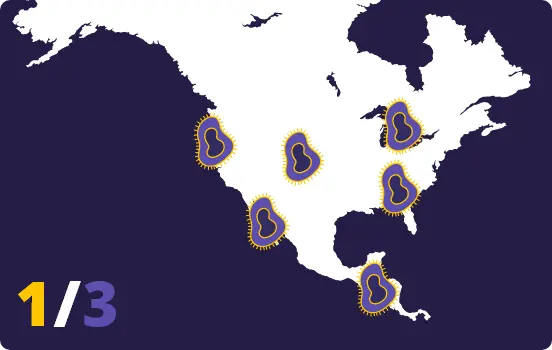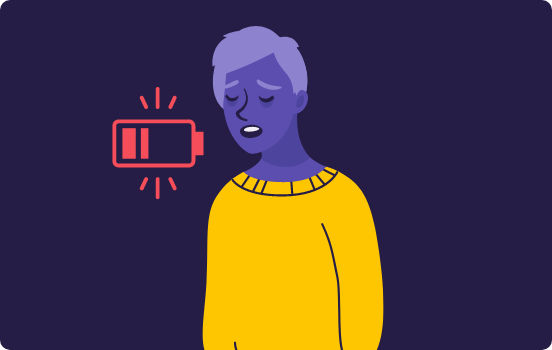Educate, Prevent,
and Protect
Have you heard of mpox? This highly contagious viral infection, originally known as monkeypox, is a global health concern.
At Commit to C.A.R.E., we provide essential resources to help you understand mpox, its symptoms, prevention methods, and ways to keep your community safe.

What You Need to Know
About Mpox
Key facts about mpox

Family of Viruses
Mpox is related to the smallpox virus but generally causes milder symptoms.

Global Cases
As of Fall 2023, one-third of global mpox cases are in the U.S.
How Mpox Spreads
Direct Contact
Through skin-to-skin contact with the rash or body fluids of an infected person.
Airborne Particles
Via coughing or sneezing, especially in close contact scenarios.
Contaminated Objects
Through materials like bedding or clothing that have been in contact with the virus.
Common Symptoms of Mpox
Rash with Pimples, Blisters, and Sores
Appears on various body parts, including hands, feet, face, and genitals.
Swollen Lymph Nodes
Often a distinguishing symptom from other similar diseases.
Flu-like Symptoms
Including fever, headache, backache, muscle aches, and exhaustion.
Rash with Pimples, Blisters, and Sores
Appears on various body parts, including hands, feet, face, and genitals.
How to Prevent the Spread of Mpox
How Mpox Spreads
Stay Home
If possible, isolate from others in your household until lesions have healed and scabs fall off.
Cover lesions and reduce physical contact
Use a medical mask when around others.
Avoid intimate encounters
While condoms reduce the risk, they don’t prevent skin-to-skin or mouth-to-skin spread.
Get an mpox vaccine
Within four days of contact (up to 14 days if no symptoms).
When to Seek Medical Attention

Symptom Onset
If you develop symptoms, particularly a rash, consult a healthcare provider promptly.

Exposure Concerns
If you believe you’ve been exposed to mpox, monitor your health and seek advice for potential early intervention.









